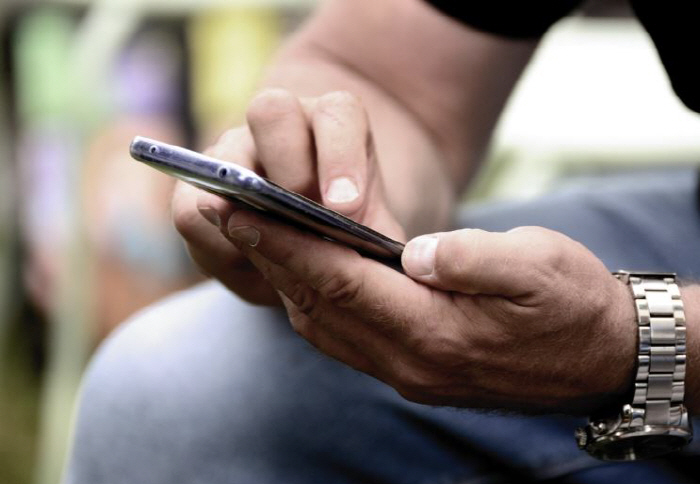Screening Autism Spectrum Disorder with Smartphones...AI Model Up to 94% Accuracy
|
Autism spectrum disorder, which has difficulty communicating with others, such as showing limited repetitive behavior. As it is a disability that occurs in the development process, identifying symptoms of disability early and proceeding with treatment can positively control language development and social interaction ability as much as possible.
Delayed diagnosis and treatment can cause secondary problems such as language delays and poor learning, but early diagnosis and treatment are difficult for parents to detect symptoms in their young children due to delayed hospital visits.
In fact, according to the National Autism Surveillance Survey (NASS) released in 2020 by the U.S. Centers for Disease Control and Prevention (CDC), nearly one in three children with autism spectrum disorder are diagnosed after the age of eight.
The AI developed this time by a research team led by Professor Chun Geun-ah of Pediatric Psychiatry at Severance Hospital, Professor Kim Hwi-young of Neurosurgery, and Professor Kim Bung-nyeon of Seoul National University Hospital helps parents identify autism spectrum disorder based on recording their child's voice.
The research team developed an AI model by collecting data from 1,242 infants and toddlers aged 18 to 48 months who visited nine hospitals in Korea, including Severance Children's Hospital.
The AI model developed to be used as a smartphone presents tasks such as inducing ▲ responding to the call of a name ▲ following parents' behavior ▲ playing ball ▲ asking for help ▲ playing imagination using toys, etc., and allocating the number of tasks differently for each age. It expands to four for 18-23 months, five for 35 months, and six for 48 months.
When the voice of the recorded child is entered, the AI performs an integrated analysis along with M-CHAT (Infant Autism Screening Test), SCQ (Social Communication Questionnaire), and SRS-2 (Social Responsiveness Scale) scores, which parents previously wrote.
Using existing tests, the accuracy is only about 70%, but if you interact with others and use the child's voice data containing voice tone, rhythm, and voice pattern together, multidimensional analysis is possible, increasing accuracy.
The AI model developed by the research team first classified normal development children and development-risk autistic children with more than 94 percent accuracy, and distinguished high-risk groups with 85 percent accuracy from actual autistic children.
It also showed 80% agreement with the results of the ADOS-2 (autism diagnosis observation test), which is the most commonly used internationally.
Professor Cheon Geun-ah, the head of the research, said "In actual clinics, people often visit the hospital on a first-time basis after the level of autism spectrum disorder gets worse" and "The newly developed AI can be used at home, enabling faster diagnosis and leading to better treatment results"
Professor Kim Hwi-young added that `If we perform voice tasks, which are standardized test indicators presented by AI, anyone can easily identify autism spectrum disorder.' `It is a digital test tool that parents can trust and use before a professional diagnosis.'
The study, which was conducted with the support of the National Mental Health Center's Developmental Disability Digital Therapy Development (R&D) Project, was published in the latest issue of the global journal 'npj Digital Medicine (IF 15.1)'.
|
This article was translated by Naver AI translator.





